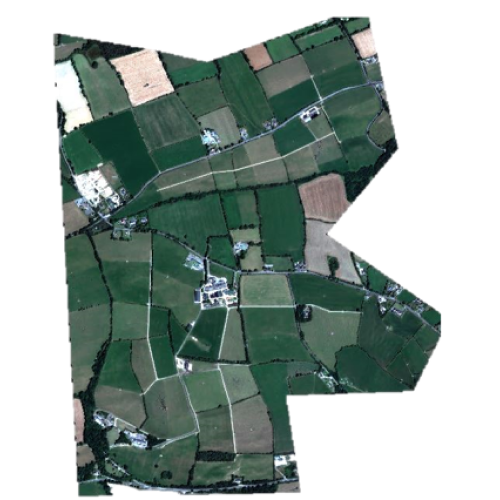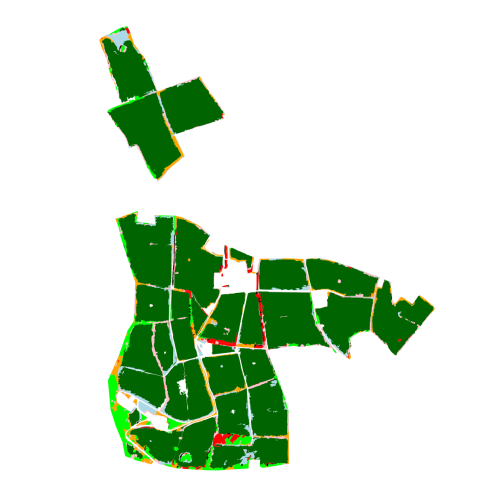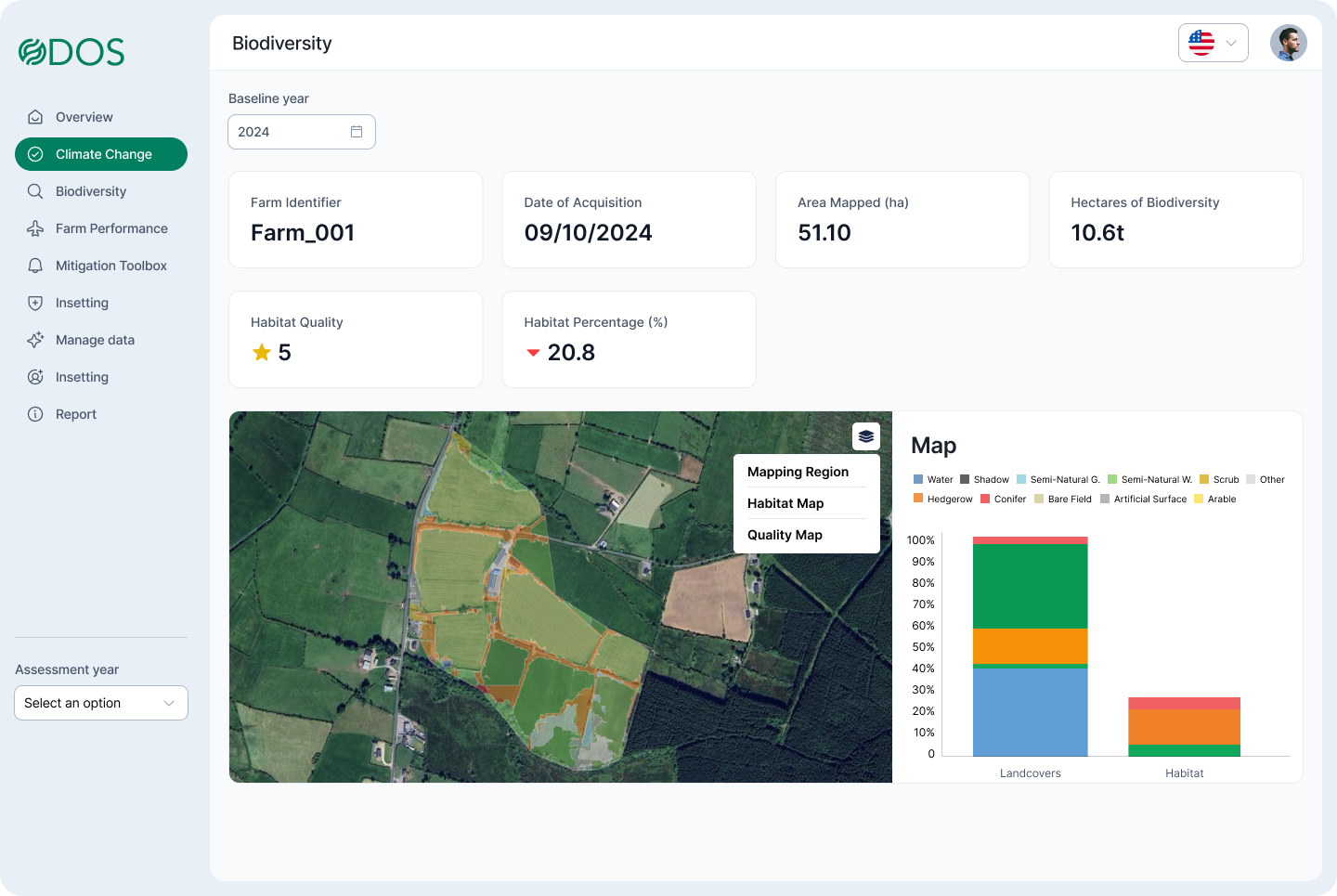Biodiversity Assessment

Let us know which area you'd like to map
Map

We'll find the best available imagery
Imagery

Measure biodiversity quantity and quality
Process

A dashboard to make monitoring easy
Present
Our methods have been approved and certified by:




Frequently Asked Questions
Here are some answers to the most common questions about our sustainability technology.
How are the environmental impacts of farms measured?
We measure the environmental impacts of farms using various tools and methodologies, focusing on factors like greenhouse gas emissions, water usage, and biodiversity. A key tool we use is Life Cycle Assessment (LCA), which employs industry-specific, geographical, and farm typology-specific equations. Additionally, we monitor emissions from processing facilities to provide a comprehensive view of scope 1, scope 2, and scope 3 emissions.
What is Life Cycle Assessment (LCA)?
Life Cycle Assessment is a methodology used to evaluate the environmental impacts of a product throughout its entire lifecycle, from raw material extraction to disposal. It helps in understanding and improving a product’s environmental profile.
How do you measure biodiversity?
We use a remote sensing tool powered by high-resolution satellite imagery and our proprietary algorithm to quickly assess the quantity and quality of biodiversity on farms, usually in under a minute.
What does biodiversity mean?
Biodiversity refers to the variety of living organisms on Earth, including plants, animals, and microorganisms. It is essential for maintaining ecosystem balance and supporting life.
How accurate are your life cycle and biodiversity assessments?
Our assessments are based on high-quality, traceable data from external sources and satellite providers. Our LCA model is certified by ISO standards with 95% accuracy, and our biodiversity algorithm, validated through ground truth analysis over 10,000 km², has an accuracy of 88%. We also perform data analysis and validation to identify and correct any missing or inaccurate data, focusing on factors such as nitrogen use efficiency.
How is data collected for measuring environmental impacts?
We collaborate with our clients to extract data from their databases, covering aspects like production and externalities on farms. We also access public databases for information such as land parcel identification and animal numbers and gather high-resolution satellite data. Approximately 20% of our data comes directly from farmers, collected either by technicians or through a user-friendly platform provided to the farmers.
How is the data protected?
We adhere to high standards for data protection and ensure that farmers provide informed consent for various aspects of data management. To guarantee the security of our clients’ information, we base our entire platform on Microsoft Azure, complying with all quality and security standards.
Why is it important for companies to monitor and reduce their environmental impacts?
Companies face increasing pressure from both private and public sectors to reduce and report their emissions. Supermarkets are choosing suppliers based on their environmental actions, and the EU’s Corporate Sustainability Reporting Directive requires over 7,000 companies to report their environmental impacts and demonstrate mitigation actions to remain competitive.
What is the Corporate Sustainability Reporting Directive (CSRD)?
The CSRD is an EU regulation requiring listed companies meeting specific criteria (e.g., €50+ million in net turnover, €25+ million in assets, 250+ employees) to disclose information about their environmental and social impacts. This includes impacts on climate change, biodiversity, circular economy, pollution, and water, aiming to enhance transparency and help stakeholders evaluate sustainability performance.
How is the impact of mitigation strategies modelled?
We assist companies and farmers in identifying the most cost-effective and sustainable strategies by analysing their data and management practices. This helps pinpoint easy wins, cost-efficient strategies, and overall sustainability paths.
What does insetting mean?
Insetting refers to projects within a company’s supply chain aimed at reducing emissions and enhancing sustainability. Unlike offsetting, which involves external projects, insetting focuses on internal improvements. Our system supports insetting by ensuring a robust monitoring, reporting, and verification structure for various insetting mechanisms.
